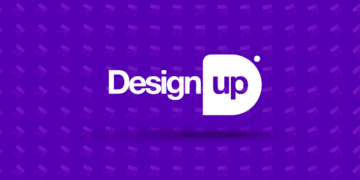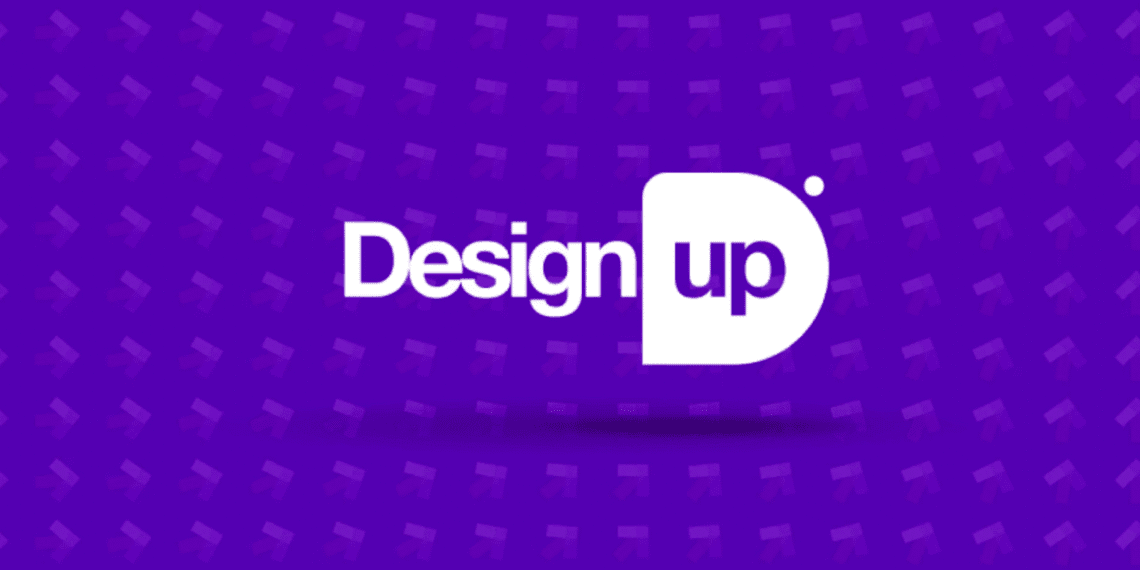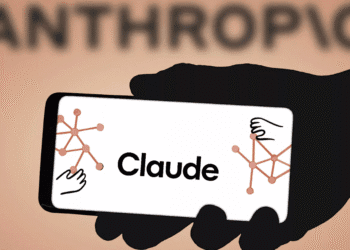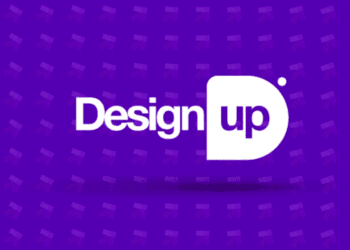By Jay Dutta, Founder-DesignUp
25 Oct 2025
In 2025, design is no longer just about pixels, prototypes, or perfect interfaces—it’s about influence, systems, and strategy. As AI, remote work, and global markets reshape how products are built, the skills that truly set designers apart go far beyond Figma mastery. The most impactful designers today are thinkers, facilitators, and behavior-shapers who blend creativity with business, psychology, and ethics. Here are ten undervalued yet career-defining skills every designer should build to stay ahead of the curve.
- Behavioral Design: Because Great Design Changes Behavior, Not Just Screens
Most designers craft interfaces. The best ones shape decisions. Behavioral design uses psychology – nudges, friction, social proof, habit loops – to guide users intentionally. Yet it’s still seen as “extra,” not essential. In truth, it drives activation and retention like nothing else. Try this: replace one generic CTA with a behaviorally informed one (use social proof or a microcommitment) and track conversions for a week. But also remember to thoughtfully avoid introducing dark patterns that unintentionally detract users. - Facilitation & Workshop Mastery: The Superpower Behind Team Alignment
Figma won’t fix team misalignment – facilitation will. Great designers know how to run sprints, co-creation, and decision-making workshops that unlock clarity. In remote teams, this skill saves months of rework. Host a quick “assumption mapping” workshop: frame the problem, let everyone ideate silently, cluster ideas, and vote on what to test next. - Storytelling for Product Decisions: Data Doesn’t Convince, Stories Do
You can have all the data in the world, but people act when they resonate with the story. Storytelling turns dry insights into action-driving narratives that win buy-in from execs and engineers alike. Instead of dumping research slides, craft a two-slide “user story + impact” summary and present it in your next standup, you’ll notice those gentle nods. - Business & Product Strategy Fluency: Designers Who Talk Metrics Get Heard
Want a louder voice in roadmap meetings? Speak the language of CAC, ARPU, and retention. Design that looks good but doesn’t move numbers gets ignored. Strategy fluency turns designers into decision-makers. Pair with your PM for a week, pick one metric – say onboarding completion – and propose two design-led experiments to improve it. - Cross-Cultural Empathy & Localization Thinking: Global Growth Starts with Cultural Nuance
One-size-fits-all design doesn’t scale. As products go global, culture becomes your growth lever, and your biggest risk if ignored. Cross-cultural empathy means understanding language, norms, and mental models beyond your comfort zone. Take one screen and adapt it for India, the UK, and Brazil. You’ll see how small differences change everything. - Data Literacy & Rapid Experimentation: From “I Think” to “I Know”
Intuition is great. Validation is better. Designers who understand analytics, events, and cohorts don’t wait for someone else to measure impact – they own it. This turns design from subjective interpretation into a business tool. Instrument one critical click as an analytics event, build a simple dashboard, and watch how users actually behave. - Ethics & Anti-Dark-Pattern Design: Trust Is the New Growth Hack
Manipulative UX might boost short-term numbers, but it kills long-term trust. Ethical design means spotting dark patterns and replacing them with transparency and user respect. It’s no longer just moral; it’s strategic. Audit a product flow for three (or more) dark-pattern red flags and redesign them for clarity and choice. - Accessibility & Inclusive Communication: Designing for Everyone Expands Your Impact
Accessibility isn’t a checkbox, it’s innovation. Designing for diverse abilities often surfaces better patterns for all users. Yet it’s still deprioritized in most roadmaps. Fix that. Run a quick audit: check contrast, ARIA labels, and keyboard navigation on one key screen. Then fix at least one issue and you’ll make your product instantly better. Reminder: subtitles was designed to be an accessibility feature, but is now widely used by all. - Systems Thinking & Service Design: Because the Real UX Happens Off-Screen
Most friction in products doesn’t come from UI—it comes from broken systems. Systems thinking zooms out to map how content, operations, and support interact to shape the end-to-end experience. Draw a one-page blueprint of your social media post to signup to onboarding journey. The gaps you find will be your next big wins. - AI Orchestration & Prompt Design: Shape the Machine Before It Shapes You
AI won’t replace designers, it’ll reward the ones who can design with it. AI orchestration means crafting how users and models interact: prompts, confidence cues, and error handling that build trust. Prototype a micro-interaction where AI assists a user—say, writing help—and test it with five people. Watch how tone, feedback, and confidence shape trust.





















